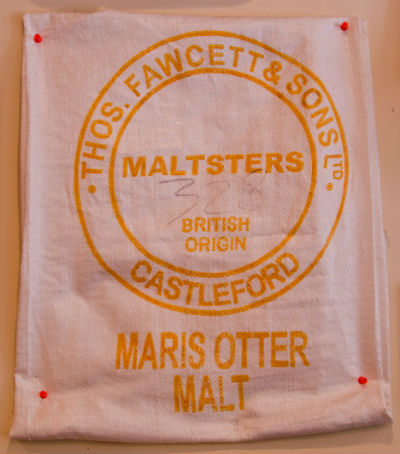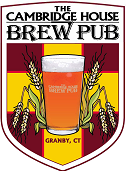The Brewing Process

There are six distinct phases to the brewing process:
- Mashing:
Milled and malted barley is transferred to the top of the mash tun via the auger. Heated water is then poured into the grain and this mixture (called the mash) is hand stirred as it flows over the false bottom of the mash tun. The temperature of the water activates enzymes which break the grains down into a sweet, fermentable liquid, called wort (pronounced wert). - Sparging:
After about 90 minutes, hot water that has been stored in the hot liquor tank is pumped into the top of the mash tun and sparged (sprayed) into the mash. This water flows through the grains, extracting the sugars and is then filtered through the false bottom. It is then pumped into the brew kettle for the boiling process. - Boiling:
The wort is boiled for 75-90 minutes, during which time hops are added at various times. Hops used toward the beginning of the boil are primarily for bittering, hops added near the end are more geared for flavor and aroma. - Transfer:
After the boil, the wort is pumped to the heat exchanger on its way to the fermenter. At the same time, cold water (34 F ) from the cold liquor tank is pumped through the heat exchanger. Although the water and wort do not mix, the wort is chilled to approximately 72 F. - Fermentation:
Yeast added to the wort in the fermenter which begins converting sugars into carbon dioxide and alcohol, thus producing beer. Temperature is closely monitored and adjusted according to yeast type and style of beer. Fermentation usually lasts 6-14 days. - Conditioning:
Upon completion of fermentation we crash the beers by chilling them to force the yeast to drop out and clear the beer. We never filter and our beer remains live in the serving tanks. These live beers continue to mature until the last pint is served. After proper aging, the beer is served to the bar directly from the tanks or may be stored in kegs for additional aging.
